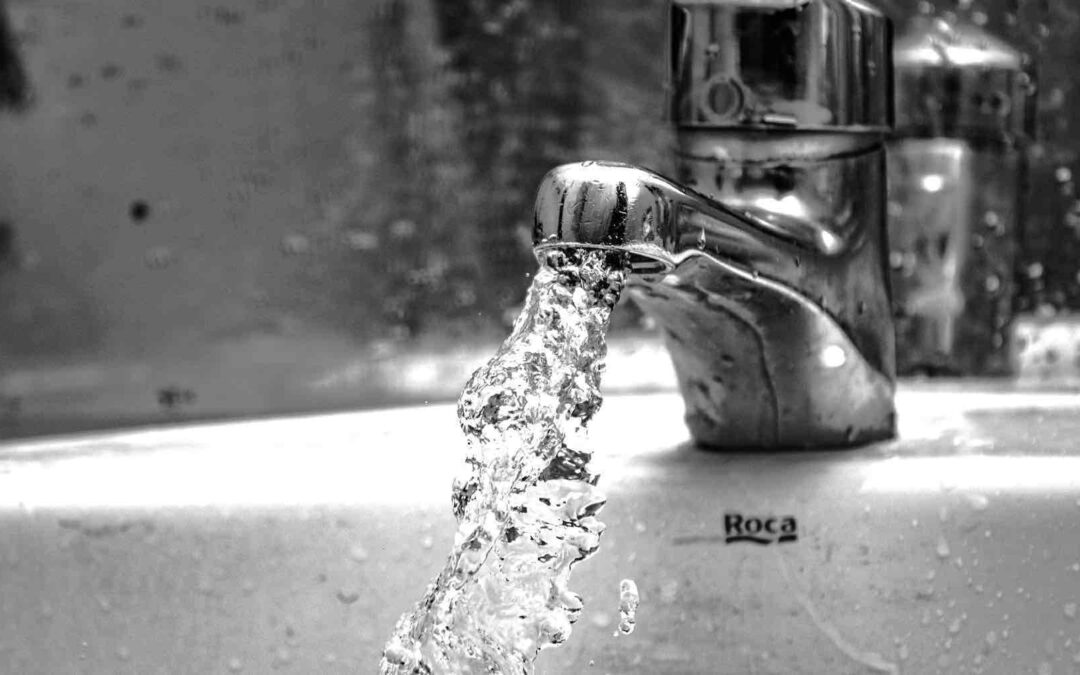Dealing with a low flow faucet can be frustrating, especially when it hampers your daily activities. Fortunately, many issues causing low water flow can be resolved without professional help. In this blog, we will provide you with a step-by-step guide on how to fix a low flow faucet.
By following these troubleshooting tips, you can restore your faucet’s water flow and enjoy a fully functioning fixture once again.
Clean the Aerator
Start by removing the aerator, located at the tip of the faucet. A clogged or dirty aerator is a common cause of low water flow. Soak the aerator in a vinegar solution overnight to dissolve any mineral deposits. Rinse it thoroughly with water, ensuring all debris is removed, and reattach it to the faucet.
Check the Supply Valves
Make sure the supply valves beneath the sink are fully open. If they are partially closed, it can restrict water flow to the faucet. Turn the valves counterclockwise to ensure they are fully open.
Inspect the Water Supply Lines
Examine the water supply lines connected to the faucet. Over time, sediment and debris can accumulate, causing low flow. Turn off the water supply valves, disconnect the supply lines, and inspect them for any clogs or blockages. Clean the lines thoroughly or replace them if necessary.
Clear Blockages in the Faucet Body
If the low flow issue persists, the problem may lie within the faucet body. Shut off the water supply, disassemble the faucet, and carefully inspect the components for any blockages. Use a soft brush or toothbrush to clean any debris or mineral buildup.
Replace the Cartridge or Valve
In some cases, a faulty cartridge or valve can cause low water flow. If cleaning the faucet components doesn’t resolve the issue, consider replacing the cartridge or valve. Consult the manufacturer’s instructions or seek professional assistance if needed.
Check for Plumbing System Issues
If the low flow issue is isolated to a single faucet, the problem likely lies within the fixture itself. However, if multiple faucets in your home experience low flow, there may be underlying plumbing system issues. Consult a professional plumber to assess and address any system-wide concerns.
Install a Flow Restrictor
In certain situations, low flow may be intentional to conserve water. If you want to maintain water efficiency while improving flow, consider installing a new flow restrictor. Choose one with a higher flow rate or consult a plumbing professional for guidance.
Regular Maintenance
Prevention is key to avoiding future low flow issues. Incorporate regular maintenance into your routine by cleaning the aerator and checking for any blockages or leaks. This proactive approach will help maintain optimal water flow in your faucets.
Conclusion
Dealing with a low flow faucet can be frustrating, but with the right troubleshooting steps, you can often resolve the issue on your own. By following this guide, which includes cleaning the aerator, checking supply valves and supply lines, clearing blockages, replacing faulty components, and considering flow restrictors, you can restore your faucet’s water flow and improve its functionality.
Remember to perform regular maintenance to prevent future low flow problems. However, if the issue persists or if you encounter complex plumbing system problems, it’s always wise to seek professional assistance. With these tips and a bit of DIY know-how, you’ll soon enjoy a fully functioning faucet without the annoyance of low water flow.

